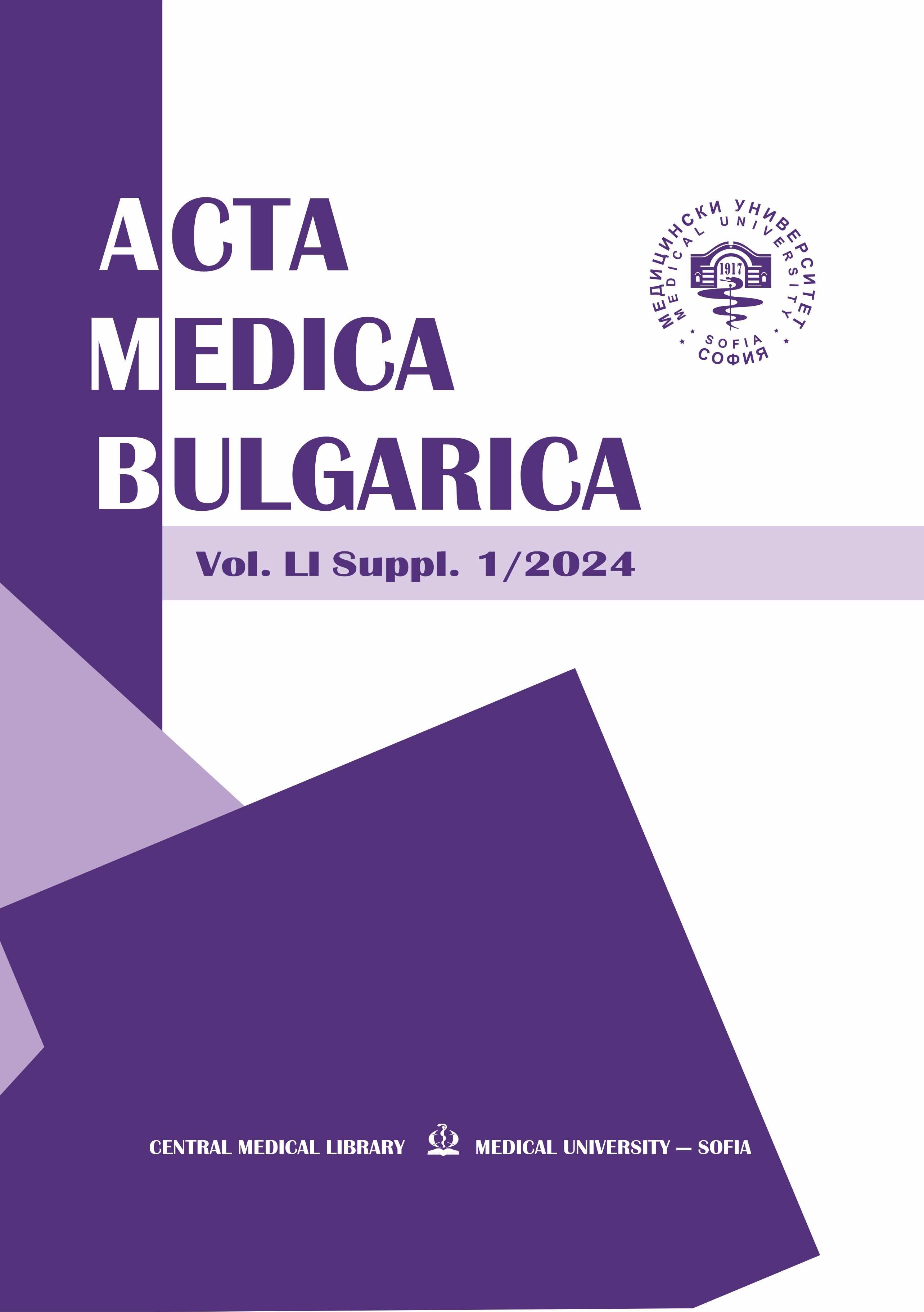Hereditary ectodermal dysplasia in two identical siblings
DOI:
https://doi.org/10.2478/AMB-2024-0023Keywords:
anodontia, consanguineous siblings, hereditary disease, hypotrichosis, hypohidrosisAbstract
Primary defects in two or more ectodermally-derived tissues during embryonic development characterize ectodermal dysplasia, a vast, varied group of inherited illnesses. Skin, hair, nails, eccrine glands, and teeth are the primary tissues affected. Most cases
of ectodermal dysplasia are caused by the X-linked recessive form of the disease (also known as Christ–Siemens–Touraine syndrome), which is passed down from female carriers to their male offspring. It is characterized by an absence of sweat glands (hypohidrosis or anhidrosis), malformed teeth (anodontia or hypodontia), and scant hair (atrichosis or hypotrichosis). Lack of teeth and unusual look were cited as major causes for alarm. The usual manifestations of hypohidrotic hereditary ectodermal dysplasia have been described
in two case reports. Two identical siblings with possible typically X-linked recessive hypohidrotic ectodermal dysplasia are described here. Despite the lack of a cure, patients can benefit from a multidisciplinary approach to treatment planning and an expedient diagnosis.
References
Chappidi V, Voulligonda D, Bhogavaram B, Reddy PK. Ectodermal dysplasia: Report of two cases in a family and literature review. J Family Med Prim Care. 2019 Mar;8(3):1263-5.
Vieira KA, Teixeira MS, Guirado CG, Gavião MB. Prosthodontic treatment of hypohidrotic ectodermal dysplasia with complete anodontia: case report. Quintessence Int. 2007 Jan;38(1):75-80.
Freire-Maia N, Lisboa-Costa T, Pagnan NA. Ectodermal dysplasias: how many? Am J Med Genet. 2001 Nov 15;104(1):84.
Jananee J, Satish Kumar M, Balaji Sumathi. Ectodermal Dysplasia – A case report. Indian Journal of Multidisciplinary Dentistry 2012; 2(2):465-.
Deshmukh S, Prashanth S. Ectodermal Dysplasia: A Genetic Review. Int J Clin Pediatr Dent 2012; 5(3):197-202.
Thabusum AN, Sudhakarareddy RR, Ramesh T. Ectodermal Dysplasia-A Case Study of Two Identical Siblings. International Journal of Dental Sciences and Research. 2014; 2:175-8.
Srivastava VK. Ectodermal dysplasia: A case report. International Journal of Clinical Pediatric Dentistry. 2011 Sep;4(3):269.
Bani M, Tezkirecioglu A M, Akal N, Tuzuner T. Ectodermal Dysplasia with Anodontia: A report of two cases. European Journal of Dentistry 2010; 4: 215-22.
Clarke A, Burn J. Sweat testing to identify female carriers of X linked hypohidrotic ectodermal dysplasia. J Med Genet. 1991 May;28(5):330-3.
Lowry RB, Robinson GC, Miller JR. Hereditary ectodermal dysplasia. Symptoms, inheritance patterns, differential diagnosis, management. Clin Pediatr (Phila). 1966 Jul;5(7):395-402.
Mathur PT, Paul R, Banthia P, Kapoor TJ. Understanding Ectodermal Dysplaisa. Indian Journal of Dental Sciences. 2013 Oct 1;5(4).
Majmundar VD, Baxi K. Ectodermal Dysplasia. 2022 Jul 25. In: StatPearls [Internet]. Treasure Island (FL): StatPearls Publishing; 2022 Jan.
Downloads
Published
Issue
Section
License
Copyright (c) 2024 A.S. Sarkar, Kumuda Rao, V. Ajila (Author)

This work is licensed under a Creative Commons Attribution-NonCommercial-NoDerivatives 4.0 International License.
You are free to share, copy and redistribute the material in any medium or format under these terms.


 Journal Acta Medica Bulgarica
Journal Acta Medica Bulgarica 